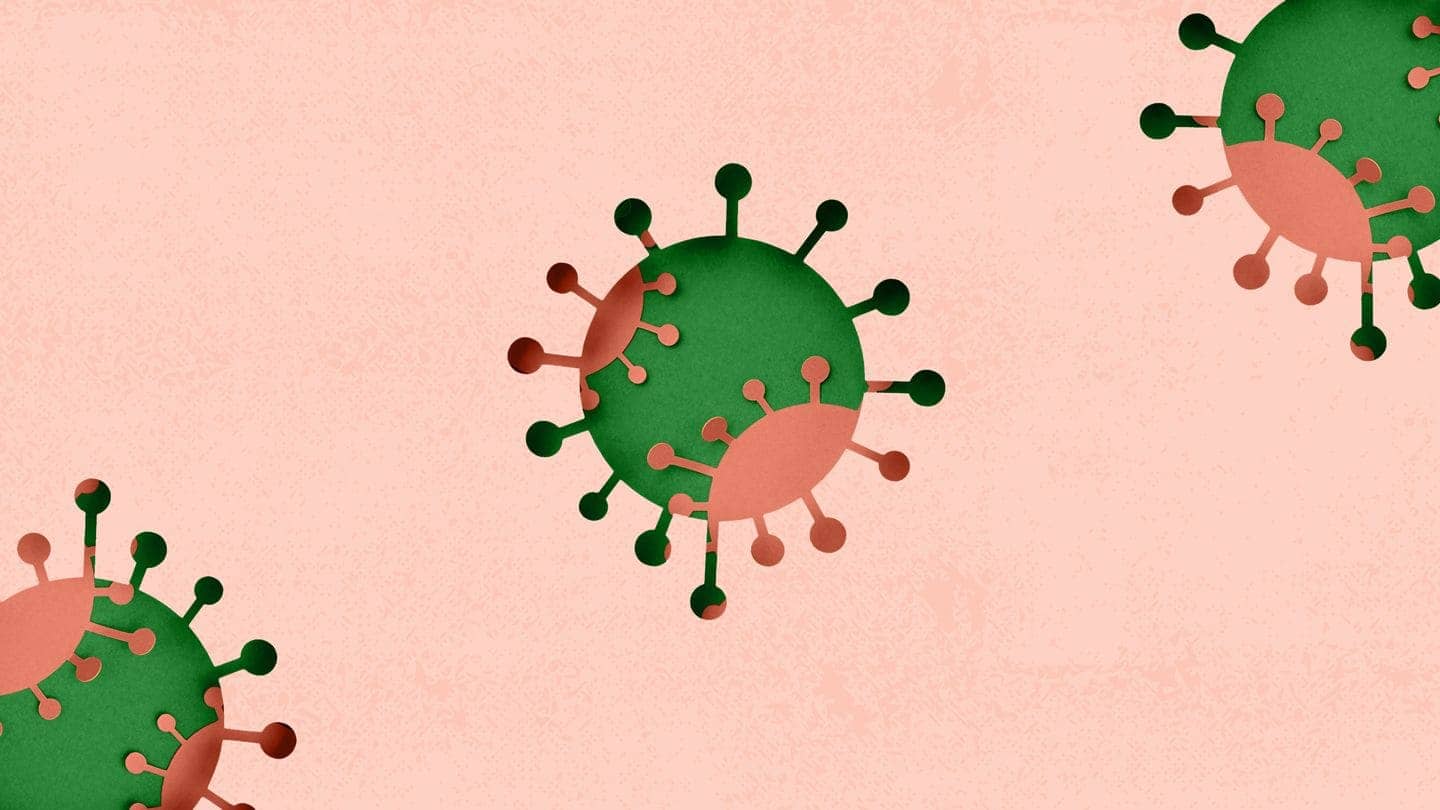As China experiences a decline in patients at fever clinics, concerns about a possible COVID-19 rebound in January emerge. Health authorities report a fluctuating downward trend but emphasize the prevalence of respiratory diseases, particularly influenza.
Recent data reveals a positive rate below one percent in COVID-19 testing, post New Year’s Day. However, the JN.1 variant strain is gaining prominence, prompting experts to predict a potential January resurgence. This variant may become the dominant strain, driven by continuous importation and declining population immunity.
Southern provinces witness an influenza shift from H3N2 to influenza B, reaching 36.8% in the past three weeks. Northern provinces experience a surge to 57.7% in the past five weeks. Experts stress the need for early influenza vaccination, especially for high-risk individuals.
Winter, the peak for respiratory diseases, demands heightened monitoring. While a second infection might have milder symptoms, it can worsen conditions, particularly in the elderly and those with underlying diseases. Timely intervention and diagnosis are crucial.
With the winter vacation and Spring Festival approaching, health authorities emphasize monitoring, early warning, and the need for vaccination, especially for vulnerable groups. The allocation of medical resources and optimization of treatment processes are key strategies in ensuring effective healthcare.
As the nation navigates the winter and potential health challenges, a proactive approach, including vaccination and early intervention, remains essential for the well-being of the population.






